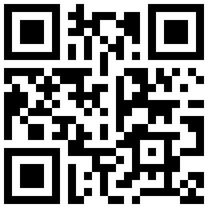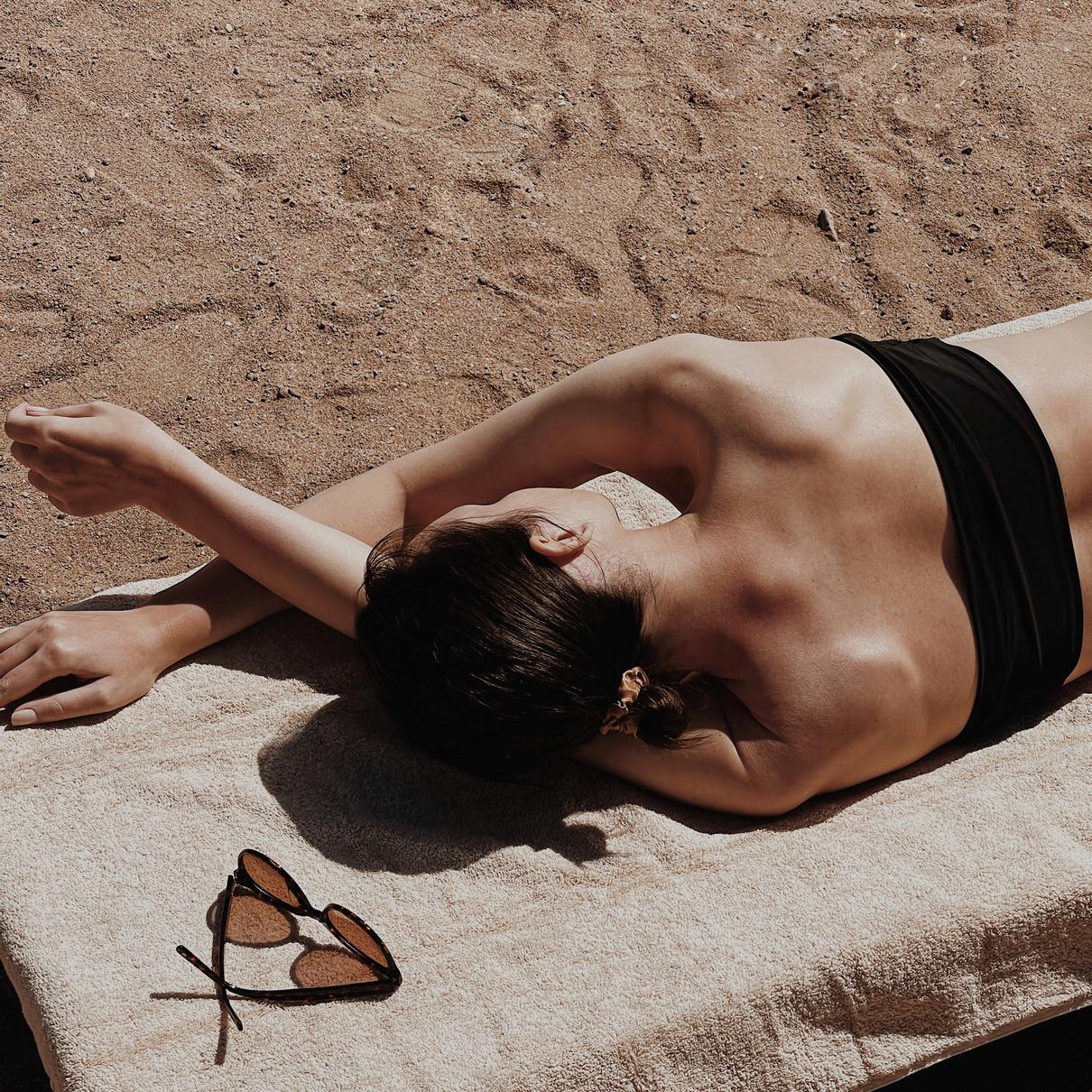



Rest is not idleness, and to lie sometimes on the grass under trees on a summer's day, listening to the murmur of the water, or watching the clouds float across the sky, is by no means a waste of time.
-John Lubbock








Rest is not idleness, and to lie sometimes on the grass under trees on a summer's day, listening to the murmur of the water, or watching the clouds float across the sky, is by no means a waste of time.
-John Lubbock



Publisher: John Highland
Editor In Chief: Hannah H.
Graphic Designer: Laura Poyner
Contributing Authors: Eric Broser, Dr. Ken Davis, Riley George, Marty Gallagher, Sydney Good, Ashleight Quint
Vice President of Development: Mark Carvalho
Business Director: Rob Fletcher
Advisory Board: Dr. Ken Davis
Executive Assistant: Michelle Richardson

Our mission and purpose at TopDoctor Magazine is to foster connections within the health and wellness community and empower our readers to make well-informed healthcare and lifestyle decisions. We pride ourselves on being the ultimate resource for interviews with health and wellness leaders, trending medical news, and healthy living topics.
We understand that choosing a healthcare provider is a crucial decision. Our in-depth interviews with esteemed doctors and medical professionals aim to bridge the gap between them and their clients. By providing our readers with personal insights, philosophies, and areas of expertise, we facilitate a deeper understanding of the individuals responsible for your health and wellbeing. We also strive to highlight our outstanding practitioners, showcasing their dedication to their patients and contributions to the medical community.
The field of medicine is constantly evolving, with new practices, therapies, and technologies emerging at a rapid pace. At TopDoctor Magazine, we strive to keep you updated on the latest advancements in the medical world. Our comprehensive coverage
of trending medical news equips both doctors and patients with the knowledge they need to make informed choices about healthcare options.
Building strong connections within the medical community is essential for enhancing patient care and driving medical progress. Our magazine serves as a bridge, connecting medical companies with doctors and vice versa. By facilitating these connections, we aim to catalyze collaborations that can lead to innovative solutions and improved healthcare outcomes for everyone.
It is our firm belief that well-informed individuals make better decisions about their health. By providing you with insights into established and emerging medical trends and technologies, we empower you to take an active role in your healthcare choices. Whether you are a healthcare professional seeking to stay updated on the latest advancements or a patient eager to make informed decisions about your well-being, TopDoctor Magazine is here to support you.
In every issue, we strive to uphold the highest standards of journalistic integrity, accuracy, and relevance. Our
dedicated team of writers, editors, and medical experts work tirelessly to bring you well-researched and compelling content that is both educational and engaging. Moreover, our graphic design team is committed to delivering an aesthetically pleasing reading experience where captivating design seamlessly merges with informative content, ensuring each issue becomes an engaging journey of discovery.
As we embark on this mission to serve as your trusted source of medical information and insights, we encourage you to join us on this exciting journey. Your feedback and suggestions are invaluable to us, and we look forward to hearing from you.
Thank you for being a part of the TopDoctor Magazine community. Together, let us embrace knowledge, forge connections, and make informed decisions to lead healthier lives.
With warmest regards,
Hannah H.


Rebuilding Connective Tissue: Strengthening Your Pelvic Floor with Post-Childbirth Exercises
Constructing the Super-Ager
Introducing The Vagus Nerve: Your 1-Minute Hack to Reducing Stress Today
From Tradition to Empowerment: One Woman's Journey with Natural Remedies From Morocco Up All Night! 3 Ways to Sleep Through the Night
Don't Miss A Beat! How To Stay On Track with Your Fitness Regimen When Away From Home! The Possible Health Hazards of EMF Exposure
Connective tissue serves as a crucial foundation in our bodies, providing essential support and structure to various organs and systems. It plays a vital role in pelvic floor health, especially in women post-childbirth, where weakened pelvic floors are prevalent and need rebuilding. Pregnancy triggers hormonal shifts that support fetal development. These hormones affect connective tissue, increasing its elasticity and length to accommodate the growing baby. However, after childbirth, connective tissue may remain stretched, leading to pelvic floor weakness and related issues.
Pelvic floor function doesn‘t operate in isolation but collaborates with surrounding muscles like the glutes, deep hip rotators, hip adductors, and transverse abdominis. Understanding these synergies is key to retraining a dysfunctional pelvic floor, as issues may stem from muscle imbalances outside the pelvic region.
Hormonal changes during pregnancy and childbirth significantly impact connective tissue in the body, notably estrogen and relaxin. Estrogen, which rises during pregnancy, supports fetal development and influences the synthesis and remodeling of connective tissue.
Relaxin, another hormone produced during pregnancy, helps relax ligaments and connective tissue in the pelvis, facilitating childbirth by allowing pelvic bones to expand. While vital for childbirth, relaxin‘s effects may persist postpartum, contributing to increased joint laxity and instability, potentially affecting pelvic floor function and stability.
Statistics reveal that approximately one in three women in the United States experience weakened pelvic floors due to childbirth. This data from the Kaiser Permanente Division of Research highlights the importance of addressing pelvic floor health postpartum.1
Overall, hormonal changes during pregnancy and childbirth are crucial for preparing the body for the physical demands of labor. However, they can also impact connective tissue integrity, potentially leading to pelvic floor issues and other musculoskeletal challenges postpartum. Engaging in pelvic floor exercises and rehabilitation strategies is essential for supporting connective tissue recovery and promoting overall postpartum health and well-being.

Isometric contractions are crucial for strengthening a weakened pelvic floor because they involve contracting the muscles without actually moving them. In the case of the pelvic floor, isometric exercises target the muscles responsible for supporting the pelvic organs and controlling bladder and bowel function. Engaging in isometric contractions actively strengthens these muscles, leading to improved muscle tone and endurance. Additionally, isometric exercises help promote the laying down of new connective tissue, further supporting pelvic floor integrity. This approach is particularly beneficial for postpartum women because it targets the physical adaptations needed to address pelvic floor weakness effectively.
Isometric pelvic floor exercises play a pivotal role in strengthening muscles and enhancing connective tissue integrity. Here are six exercises focusing on a 3-10 second isometric contraction per 10-12 reps per exercise:
1. Kegels: Mimic the action of halting urine flow, hold briefly (seconds), then release.
2. Bridge Pose: Lift hips off the floor while squeezing pelvic floor muscles; hold contraction.
3. Squats: Lower into a squat position, engaging pelvic floor muscles, and hold before returning to standing.
4. Planks: Support body weight on forearms and toes, engaging core and pelvic floor muscles; hold.
5. Wall Sits: Lean against a wall with knees bent at a 90-degree angle, engaging pelvic floor muscles.
6. Pelvic Clocks: Lie on your back, visualizing a clock on your pelvis, and gently move through each hour while engaging, contracting the pelvic floor muscles per dial on the clock.
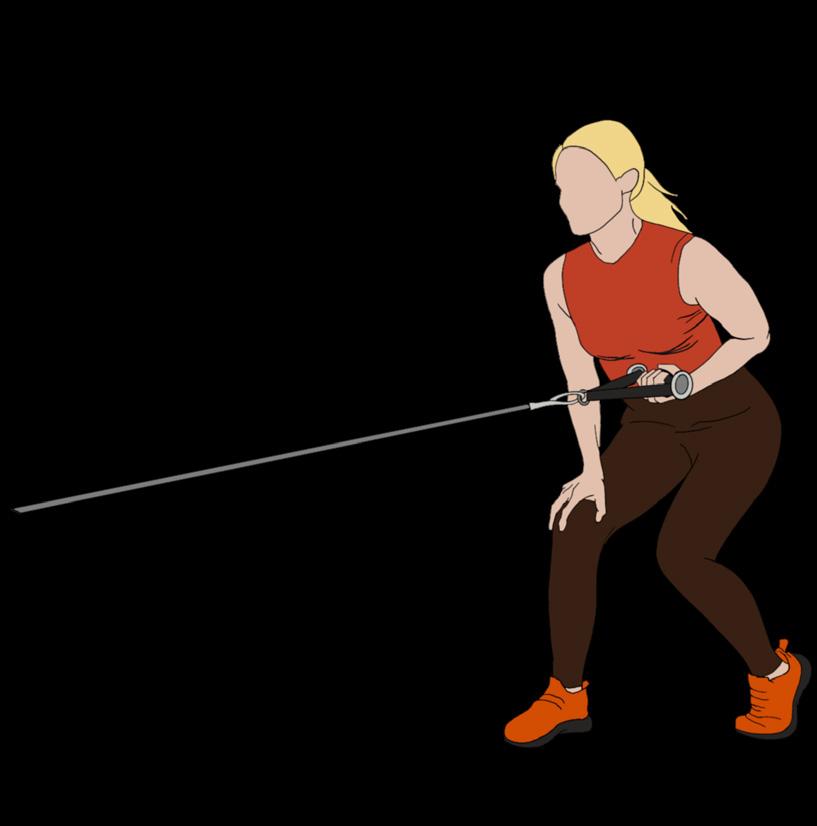
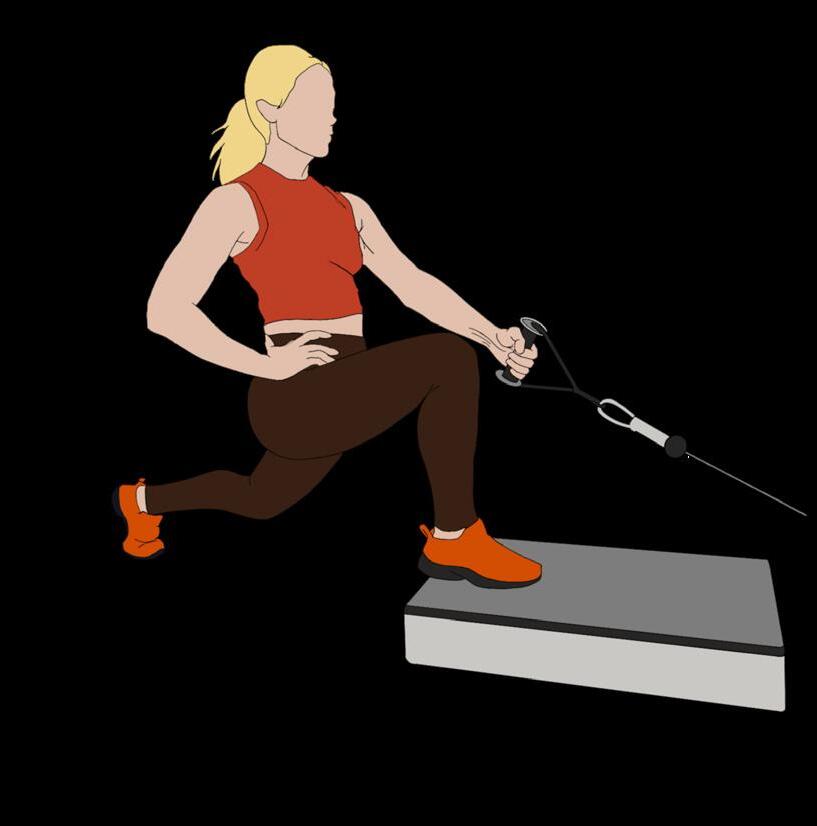

Studies suggest holding isometric contractions for 3 to 10 seconds per repetition for peak strengthening. This duration allows for effective engagement without excessive fatigue, though individual factors like muscle strength and specific conditions may influence the optimal duration.
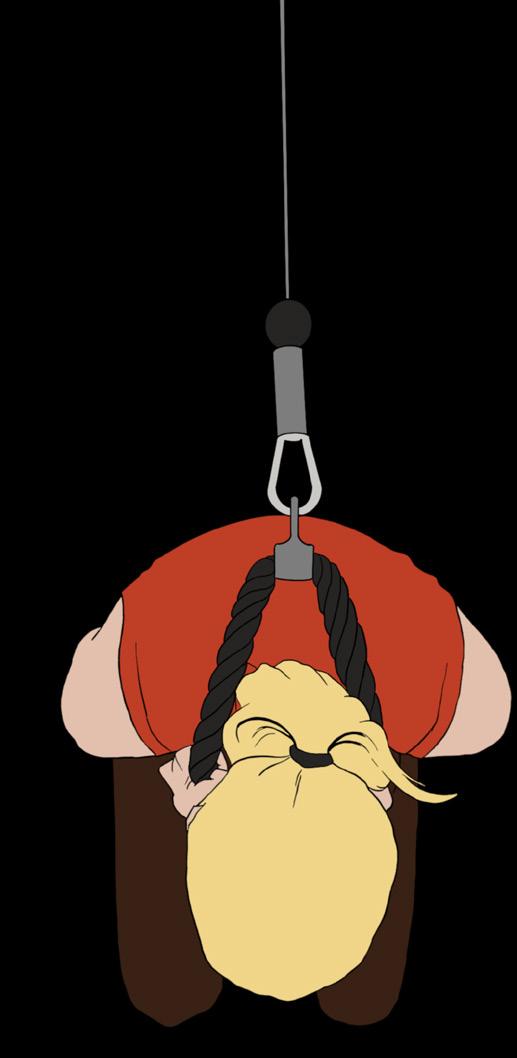
Biohacking provides alternative ways to address pelvic floor dysfunction and weakness by utilizing various innovative approaches. Here are some suggested pelvic floor biohacking methods:
1. Electrical Stimulation: Transcutaneous electrical nerve stimulation (TENS) or neuromuscular electrical stimulation (NMES) can be used to stimulate pelvic floor muscles, promoting muscle contractions and strengthening. This method can help improve muscle tone and function, particularly in individuals with weakened pelvic floors.
2. Vaginal Biofeedback Devices: These devices provide real-time feedback on pelvic floor muscle contractions, helping individuals learn to engage and strengthen these muscles effectively. They can be used at home and offer personalized training programs based on individual needs and progress.
3. Infrared Light Therapy: Infrared light therapy, also known as photobiomodulation, involves using specific wavelengths of light to stimulate cellular repair and regeneration. This therapy can promote healing and reduce inflammation in pelvic floor tissues, potentially improving muscle function and relieving symptoms of dysfunction.
4. Nutritional Support: Certain nutrients, such as magnesium, vitamin D, and collagen, play essential roles in muscle function and connective tissue health. Biohacking approaches may involve optimizing nutritional intake through supplementation or dietary modifications to support pelvic floor health and function.
5. Mindfulness and Stress Management: Chronic stress and tension can contribute to pelvic floor dysfunction by causing muscle tension and exacerbating symptoms. Biohacking techniques such as meditation, breathwork, and stress-reduction practices can help manage stress levels and promote relaxation, potentially alleviating pelvic floor symptoms.
6. Genetic Testing: Some biohacking enthusiasts may explore genetic testing to identify genetic predispositions or factors that may influence pelvic floor health. Understanding genetic factors can inform personalized interventions and lifestyle modifications to optimize pelvic floor function and prevent dysfunction.


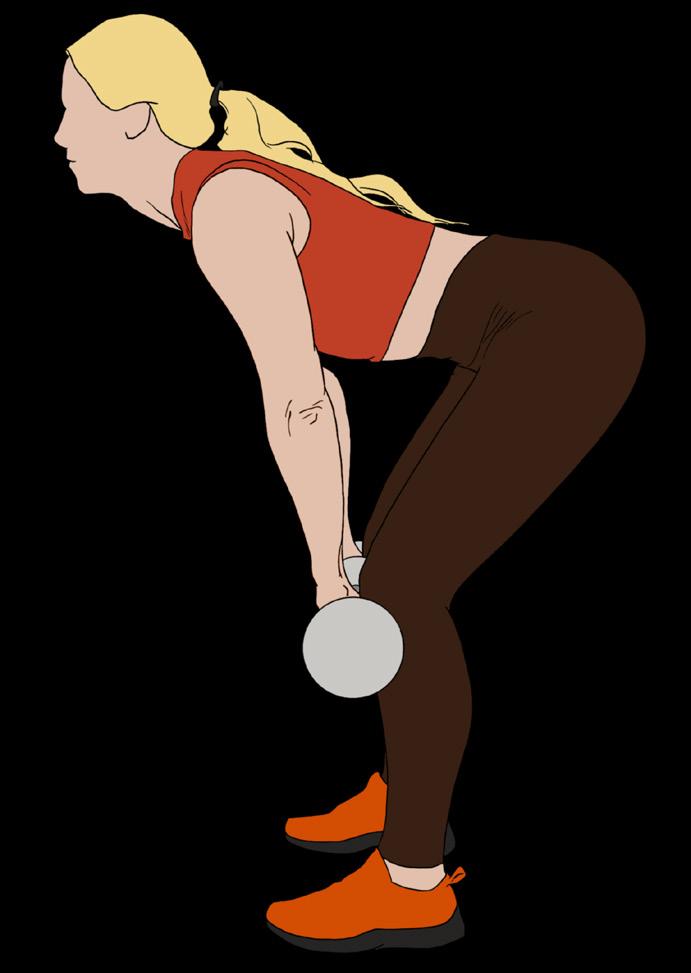
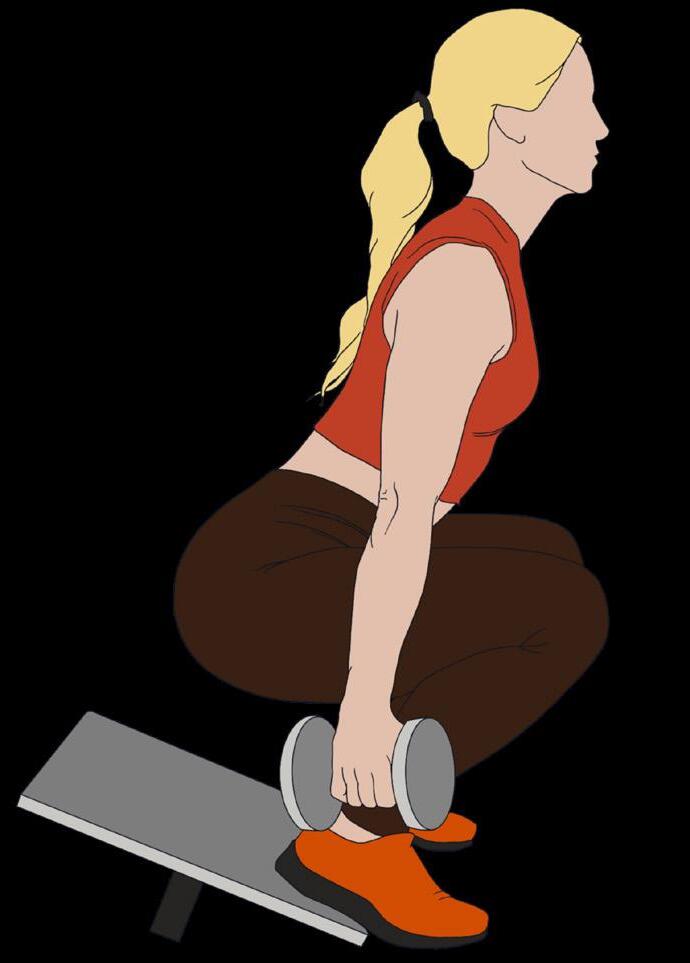
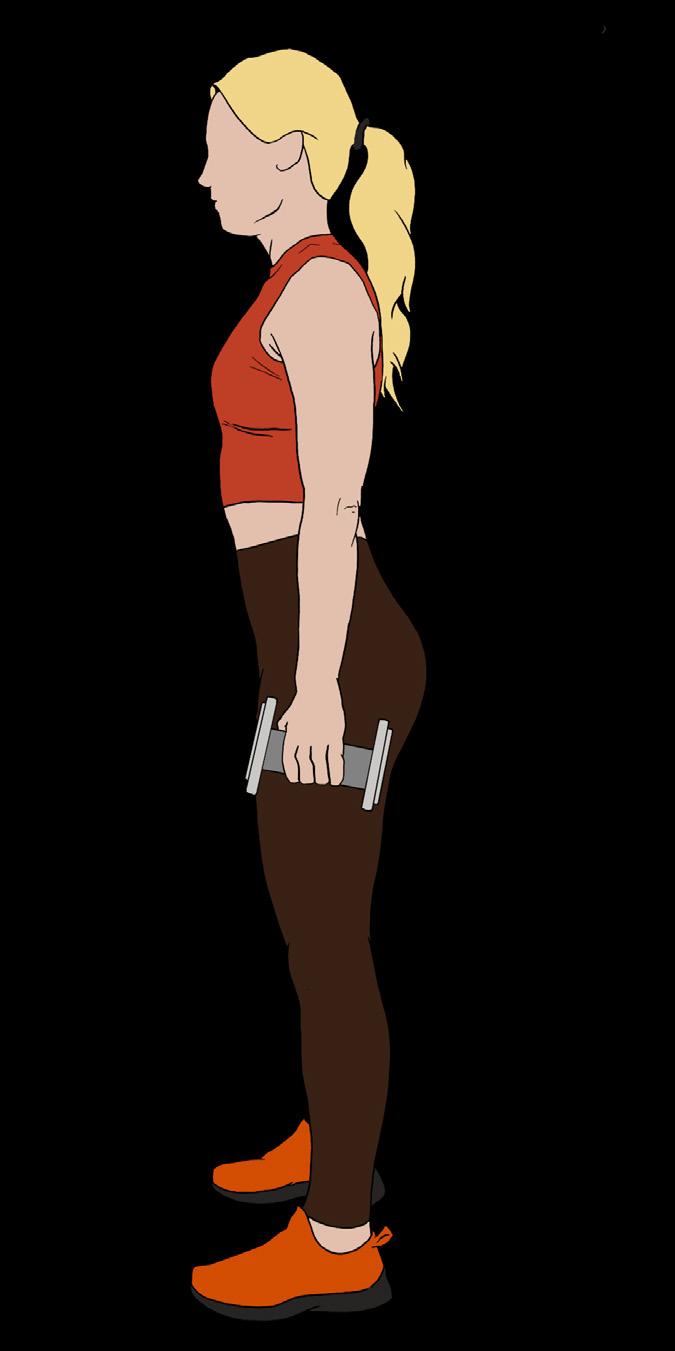
These personalized approaches form a comprehensive strategy for pelvic floor rehabilitation. Before delving into biohacking methods, it‘s crucial to emphasize the significant impact of exercise and a consistent pelvic strengthening routine, incorporating isometric activation. Regular exercise, especially targeted pelvic floor exercises like squats, can be pivotal in strengthening pelvic floor muscles and improving function. Isometric contractions, in particular, can enhance muscle tone and endurance, contributing to better pelvic floor health.
However, for those considering biohacking approaches for pelvic floor dysfunction, it‘s essential to consult with healthcare professionals or pelvic health specialists. While these methods hold promising benefits, individual responses can vary. Personalized guidance from experts is vital for safe and effective implementation, ensuring optimal outcomes and minimizing potential risks.
Overall, prioritizing pelvic floor health can positively impact sexual function and satisfaction, contributing to a fulfilling and enjoyable sex life with your partner. Pelvic floor exercises and a multitude of biohacking methods can help significantly improve your pelvic floor strength, helping you better recover after childbirth.


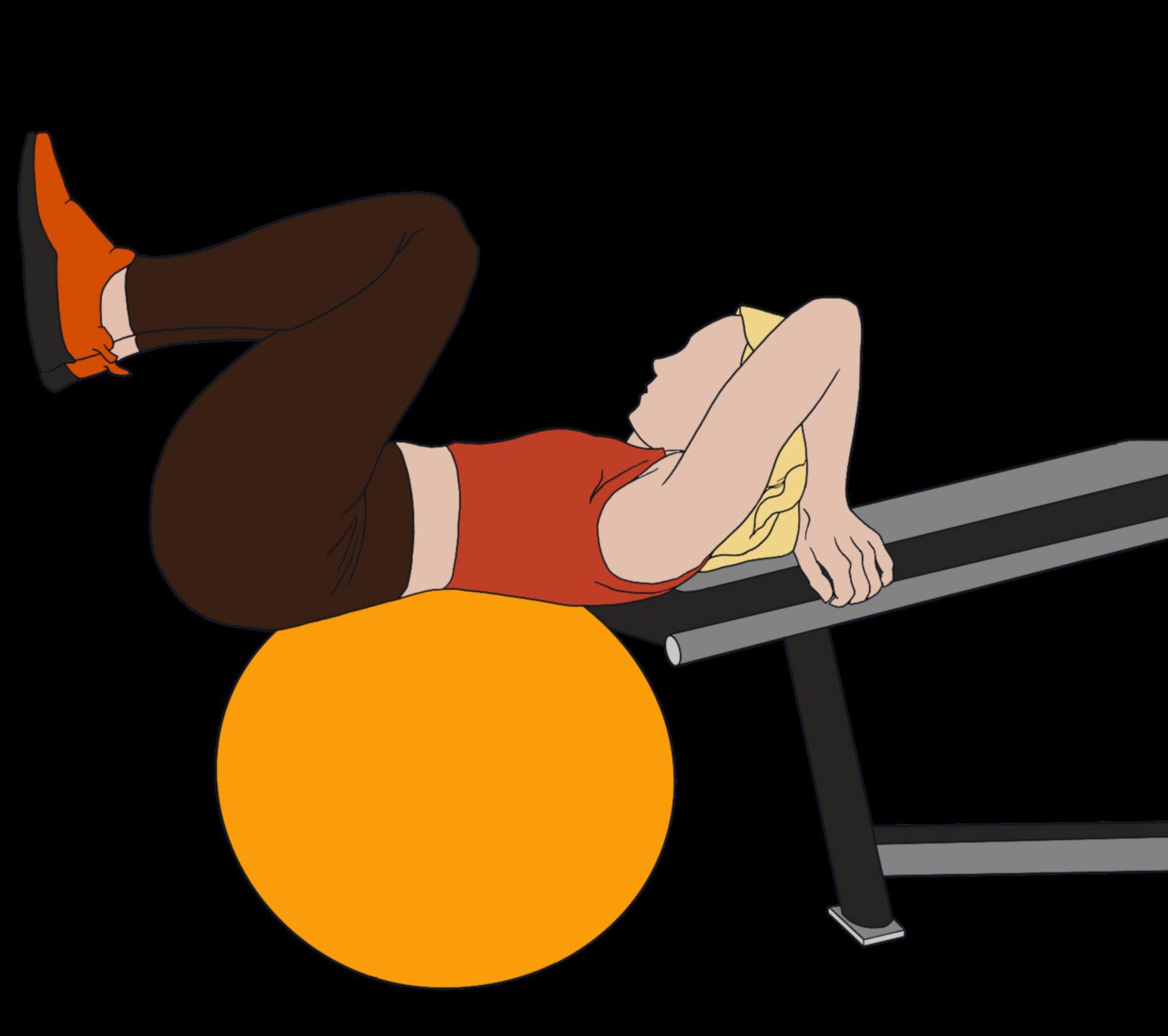

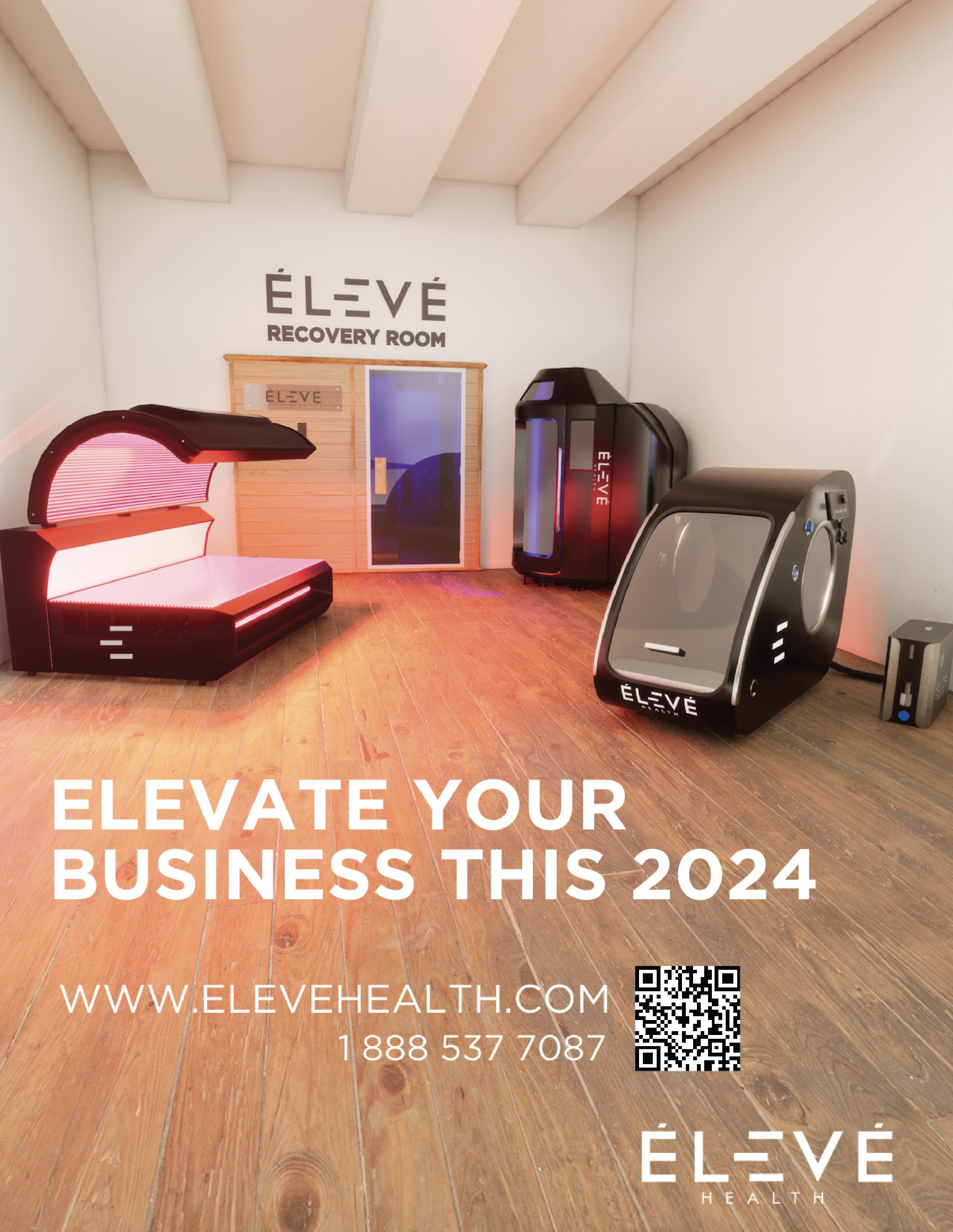
In the last few years, medical science has identified a new group we can aspire to join — the super-agers. The term refers to people in their 70s and 80s with the mental or physical capability of their decades-younger counterparts Norwegian researchers have used the data from studies to create a calculator to estimate a person‘s biological age. In 2015, 4,200 participants in the 14th National Senior Games used the Norwegian calculator to estimate their biological ages. Although the average chronological age of the participants was 68, their average biological age was 43.
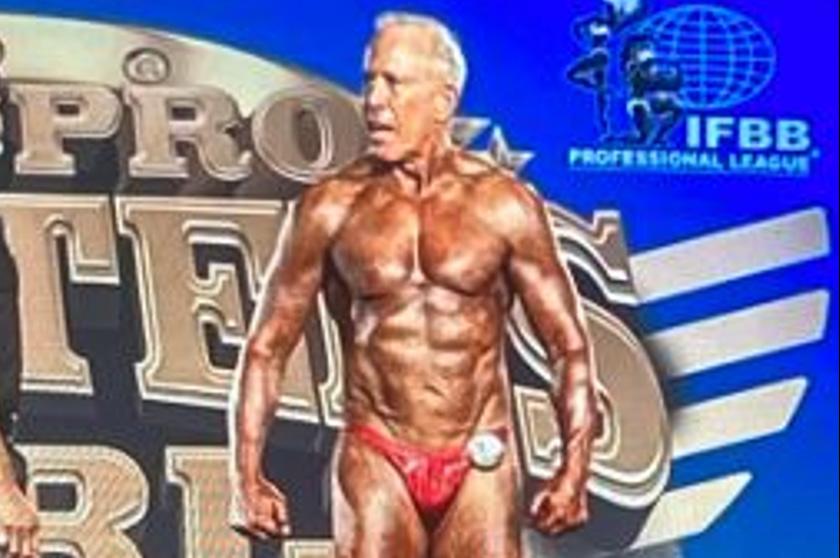
Vast sums are being spent trying to determine how to extend the length of human life and how to further improve the quality of that extended life. Anti-aging medicine, age management, life extension, whatever the moniker, scientists worldwide are working diligently to find new ways to slow the aging process. At the advanced age of 66, I was unknowingly introduced to the finest system of anti-aging known to man: hardcore bodybuilding. My physical progress started at age 66 when dramatic physical improvement was deemed improbable, if not impossible.
To say that my rate and degree of improvement have been beyond my wildest expectations would be a massive understatement. I began my journey with modest expectations and a “dad body.” At age 66, I was in good shape “for a man my age.” I had good blood profiles and likely would have been in the top 95% in a fitness and health rating for 66-year-old men. After seeing the sensational before and after photos of the daughter of a patient by happenstance, I decided to become a competitive bodybuilder. I immersed myself in “the process,” and five years later won the International Federation of Bodybuilders (I.F.B.B.) World Professional Bodybuilding Championships in my age division (70+) and weight class.
As it turns out, my late-in-life transformation was not unique, though spectacular at any age and just short of miraculous. My competitive outings introduced me to an incredible underground coterie, a tribe of superagers, all subscribing to and following the same overarching principles to attain mind-blowing physiques and age-defying results…gimme some of that! I jumped into the deep end of the pool: complete immersion and adherence. Discipline was not an issue for me. I needed expert advice to shorten my learning curve.
I enlisted four bodybuilding “preparation” coaches and professional bodybuilders, many retired, who (for a fee) will supervise you over a fourteen-week period leading up to a bodybuilding competition. The bodybuilding prep coach will create a dietary, resistance, and cardiovascular training template. Each week, the coach reviews photos, training, and body composition statistics to make necessary “tweaks” or course alterations. Sometimes, that meant cutting back 400 calories of starch carbs while increasing cardio session length from 30 to 35 minutes or switching out leg presses for front squats to spark stagnate thighs.
Each of my four prep coaches was successively more sophisticated, and each took me to a higher competitive level. I then worked with three-time Mr. Olympia, Frank Zane, the 81-year-old Zen master of bodybuilding. Frank told me that at this stage of my career, I had five years under my belt, and I needed to rely less on paid professionals to dictate my every training and nutritional decision.
He paraphrased Bob Dylan’s exhortation: “Don’t follow leaders…watch your parking meters.” He told me, “Bodybuilding should be a journey of self-discovery.” Need I say that the 81-year-old moved, thought, and acted like a 60-year-old. What are the ingredients, the components, the overarching strategy, and the characteristics that unite and define competitive bodybuilders and unwittingly create super-agers?
• Nutrition: the core discipline of bodybuilding is nutrition; without disciplined eating, there is no bodybuilding. The classic bodybuilding nutritional template is as follows:
• Resistance training
• Cardiovascular training
• Supplementation
• Mental aspects associated with “the process”
Natural bodybuilding, holistic bodybuilding, is the finest age-slowing anti-aging system. We have incredible results and innumerable examples of transformed adherents. Our approach works. Period. The proof is in the transformed physiques. Go to any local bodybuilding show, the kind held in a high school gymnasium; you will see men, 100% lifetime drug-free bodybuilders, from ages 15 to 85. All the winners routinely attain sub-10% body fat percentiles while packing impressive amounts of lean, fat-free muscle mass. What is profound is that they all use the generalized template.
While extending life (despite the billions spent) remains mostly a genetic crapshoot, proven methods for improving the quality of life are already here. Highly effective methodologies already exist to improve quality of life. This is done by systematically improving the capabilities and capacities of the human body. The classic way to improve the human body, to make it leaner, stronger, healthier, more resilient and energetic, is to coordinate controlled exercise with a well-thought-out nutritional game plan. Past that, and the devil is in the details: I was a fit individual my whole life, and when I commenced bodybuilding, I was a fit 235 pounds spread over a 6’3” frame. I was in the top 95% of males insofar as fitness, and I had no idea that the modern competitive bodybuilder used that level of detailed precision.
The transformative template is methodical, multi-dimensional, and demanding. The human body is not easily morphed from what it is into what we want it to be. It is forced to build muscle and give up its stored body fat.
I unintentionally turned myself into a super-ager while pursuing my bodybuilding goals. I discovered a vast tribe of super-agers populated by aging competitive bodybuilders. Men over 60 compete against one another in age divisions, weight classes, and several distinct categories. The overall level of physiques at the national and international level includes men over 50, 60, 70, and 80 exhibiting age-defying physiques that are muscled-up, lean, athletic, functional, durable, strong, and resilient.
When asked from my insider perspective, how is it that bodybuilders are manifesting the results science seeks, my conclusion is while everyone agrees diet and exercise need to be included and coordinated, how the mainstream experts advise anti-agers to exercise and how they suggest someone diet are pale and lifeless, compared to the degree of effort exerted, the amount of sweat generated, and the degree of nutritional precision required. The results keep bodybuilders returning for more of the gut-busting training and disciplined eating: dramatic results refire enthusiasm and reinvigorate the bodybuilder’s efforts.
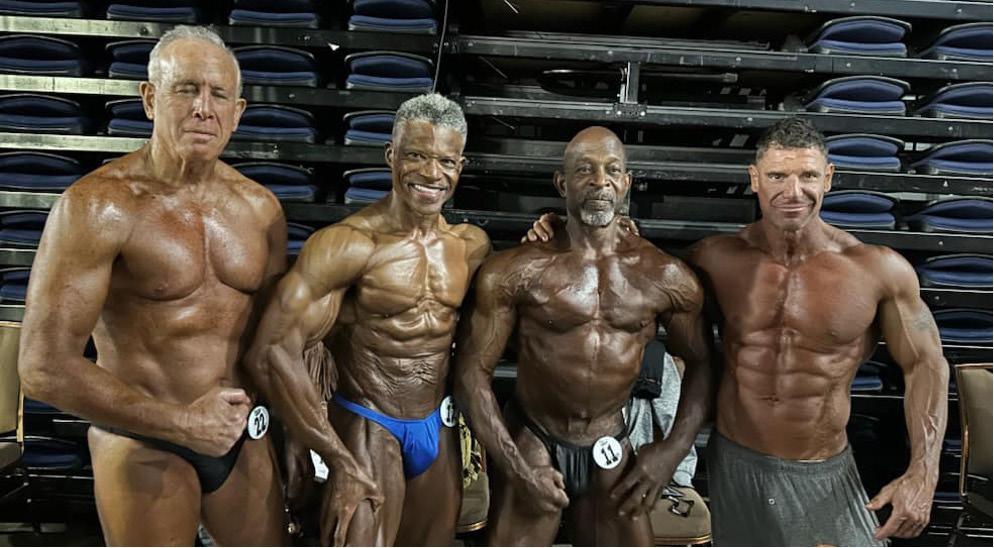
The classical bodybuilding matrix combines resistance training with aerobic training and underpins the training with a highly disciplined, rigid, nutritional approach. When adhered to as prescribed, fit, lean, muscled-up men are created, all exemplifying what quality-of-life experts seek in physique and function.
There is an old scientist joke: “Sure, it works great in reality—but how does it stack up in the laboratory?” One would think the anti-aging theorists and gurus would be beating a path to the door of these age-defying men, yet this identifiable tribe whose members actualize what anti-agers seek is willfully ignored.
Holistic bodybuilding was born in the 1930s, gained traction in the 1940s, and garnered national attention in the presteroid 1950s and early 60s. These early iron pioneers ate organic foods, as this was before the widespread contagion of chain supermarkets. The proteins and produce these men ate were locally sourced and seasonally appropriate. Obesity was rare, and diabetes was rarer still. Men did not sit at computers to earn a living.
Holistic bodybuilding, in its modern form, emerged in the early 1980s. It is all-natural bodybuilding, thusly named because it is stripped of all the black arts, the PEDs, and the ultra-extremes.
The holistic matrix consists of hardcore, high-intensity resistance training, consistent cardiovascular exercise, nutrition rooted in the expert use of regular quality calorie food, and organic nutritional supplements (if any). The fourth element is a requisite psychological recalibration that has many aspects. Above all else, the body-builder must be methodical; preplanning launches the process, and training the psyche is another essential aspect. Steadfast adherence is required, and the ability to make in-flight corrections when progress stalls all are repeating mental actions and developed traits that need to be factored into the process.
I have been athletic my entire life, attending college on a baseball scholarship. I earned my black belt in karate after ten years of immersion and a successful tournament-fighting career. Once I saw my patients’ daughters before and after photos, the transformation was so spectacular and accomplished in such a short time frame that I became transfixed and sought guidance from the woman who had engineered this incredible transformation. She became my first “bodybuilding prep coach.” At age 66, a man with a “dad body,” not bad but nothing you would look twice at the beach, became a competitive bodybuilder. I jumped into the deep end of the bodybuilding pool. I committed to compete and began what is now the seventh year of my competitive career.
Bodybuilding morphed me into a super-ager, and it can do the same for you. While I would have been considered in “good shape” for a man my age, I carried an 18% body fat percentile with no real discernible muscle tone. While I would have ranked in the 95+ percentile for fit men my age, I was a smooth 235 pounds, and in my 6’3” frame, I did not appear overweight or out of shape. I devoted 2-3 hours a week to machine cardio exercise. I had been dissuaded from weight training my entire life; first, by 1970-era baseball coaches who said weight training slowed reflexes, then by Karate masters who said it interfered with Chi flow. I was a 66-year-old resistance-training virgin.
The core of holistic bodybuilding is not the training but the nutrition—the eating. You can be strong as an ox, possess the endurance of a locomotive, and still carry an unacceptable amount of body fat. Holistic bodybuilding first cleans up the content.
Outstanding late-in-life examples exist of men who use an age-defying strategy that creates mind-blowing physiques, exhibiting capacities far exceeding age-related expectations. These men are actualizing the goals of the antiaging, life extension, longevity, and quality of life movements. What are the definable characteristics of a super-ager? The super-ager demonstrates a late-in-life ability to maintain, retain, or improve upon both physique and performance.
A sect of super-agers has emerged who have discovered how to improve strength, endurance, speed, flexibility, and agility, which are the five bio-motor attributes. These super-agers use all-natural methods that do not depend on products, devices, or gurus. We use the term ‘Holistic Bodybuilding’ to describe the methodology used. This is a systematic approach that sculpts the body with mathematical precision. Holistic Bodybuilding is doable by anyone with the desire and access to a bare minimum of equipment.
Super-agers retain or attain prowess in the five bio-motor attributes: strength, speed, endurance, flexibility, and agility. How much can be attributed to genetics, and how much to diet and exercise habits? How much can be attributed to lifestyle or lack of stress? The system exists; it is treated like kryptonite because the cold truth about transforming the body is that meek and mild methods, sensible and reasonable methods, do not and cannot provide the psychological jolt required to blast the body out of its beloved hemostasis.
Why would the body dramatically reconfigure, shed its body fat, and grow new lean muscle in response to sub-maximal effort? Where is the physiological incentive? Those who have actualized their very own dramatic physical transformation understand the degree of training effort that needs to be underpinned by a synchronized nutritional game plan.
The big question: is there a pill, substance, diet, exercise mode, or system that can bestow super-aging attributes on those just passing the past-60 threshold that slaps everyone in the face with our own mortality? At age 60, the sands of time start slipping through the hourglass with ever-increasing velocity. What can we do to establish a high level of cognitive ability and physical capacity and then retain, maintain, or even improve bio-motor attributes as we hurtle through time and space?
There is an integrated approach that combines deep knowledge empirically gleaned, and those who adhere to discipline and rigidity obtain profound results in relatively short time frames. This typically consists of 10-12 weeks of concentrated effort revamping the physique, strengthening the body, improving aerobic capacities, detoxing the body, lowering body fat, increasing lean muscle mass and creating a wellspring of health, energy, vitality, functionality, and suppleness. Preplanning is used to stairstep strength and cardio capacity upward, attaining small weekly goals that compound over 70-80 days. The physique and all its capacities and biomarkers are improved systematically and sequentially.
There are two types of anti-aging experts: the speculators and those in the trenches, those actually on the wrong side of 60 and living the reality.
The authors are Dr. Ken Davis and Marty Gallagher, two men who are actualizing the super-ager reality. Both men check every box for super-agers.
Dr. Ken Davis is available for speaking engagements, workshops and coaching sessions. He can be reached at info@davisahs.com, 973.744.7447 or Davis Advanced Health System, 66 Park St. Suite 101 Montclair, Nj 07042.

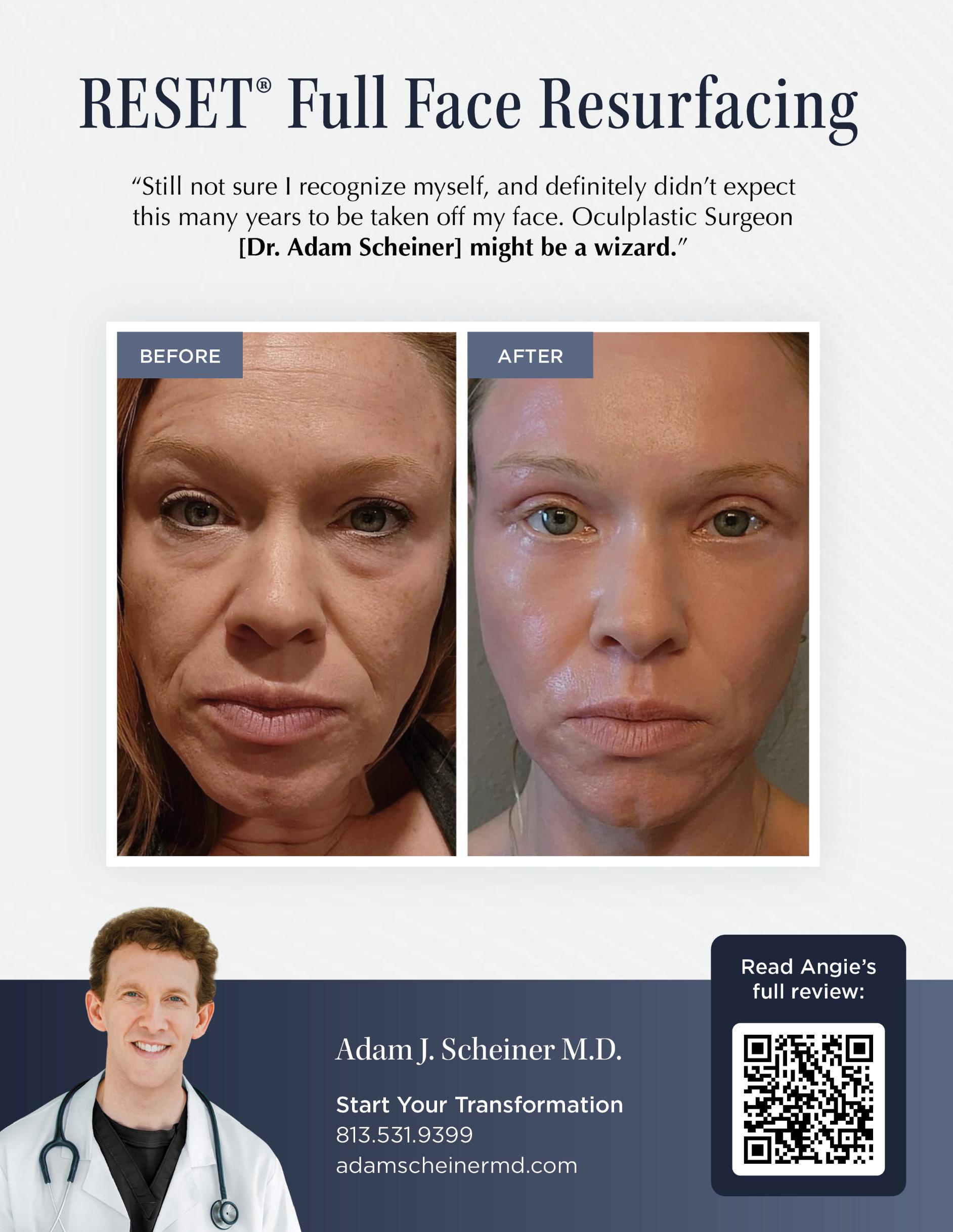


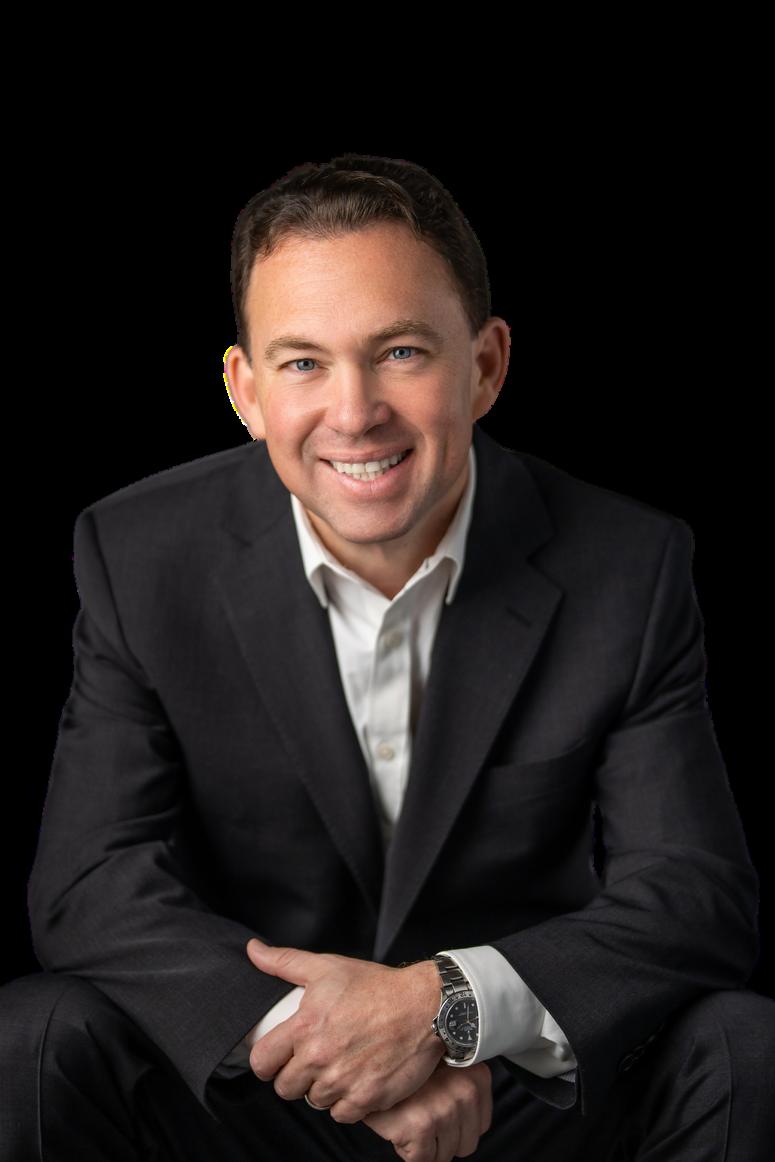


If you’re like me, when someone says, “Stop being stressed,” you start to stress about being stressed. It’s like you have a new task added to your already busy schedule. You’re stressing about your to-do list, and now on that list is to “stop being stressed.”
What can you do about it?
I present to you the vagus nerve. It’s the hack you need to reduce stress and can take as little as a minute a day. Let’s take a look.
I first discovered the vagus nerve after exploring Health with Holland's (@healthwithholland) Instagram page.¹ I heard she gave good tips for women to balance their hormones and quickly noticed that she talked about the importance of the vagus nerve and its role in reducing stress.
The girl behind the account, Becca Holland, is a health coach. She talks about stress being one of the main culprits of hormone imbalance. Stress is also devastating to health. It disrupts digestion and sleep and causes anxiety.
That’s where the vagus nerve comes in. You can stimulate the vagus nerve, which soothes the parasynthetic nervous system and helps ease stress.
The vagus nerve oversees many of our main functions—like our heart rate, breathing, and digestion.² Some experts say the vagus nerve plays a part in connecting the gut and the brain. If the brain and the gut don't connect well, there could be issues like obesity and depression.
When we’re stressed, though, our body can negate some essential functions to deal with the perceived threat. While this can be useful in life-or-death situations, it’s not so helpful when we’re dealing with day-to-day stress. But, our body feels as though it’s in fight-or-flight mode, even though there’s no actual threat.
That’s why we must enter a rest and digest mode so the body feels safe to complete necessary functions. However, if you’re like any normal person and told you shouldn’t be stressed, you begin to stress about being stressed. The good news? You can activate your parasympathetic nervous system by stimulating the vagus nerve.³
Here are a few exercises you can do to stimulate the vagus nerve and help reduce stress. These are a couple of options, and you could start by picking one a day to do. You can also find more options on @healthwithholland’s Instagram.
This move is excellent for relaxing right before bed. Start by taking deep breaths and slowly moving your head from side to side. Note if there’s any tension in your body. Then, interlace your fingers and place them behind your head, like you’re supporting your neck. Continue to face forward as you look to the one side of the room for thirty to sixty seconds. Look to the other side of the room for another thirty to sixty seconds. Do this until you yawn, sigh, or swallow. Watch this video for a visual.⁴
I can testify that this move works wonders!
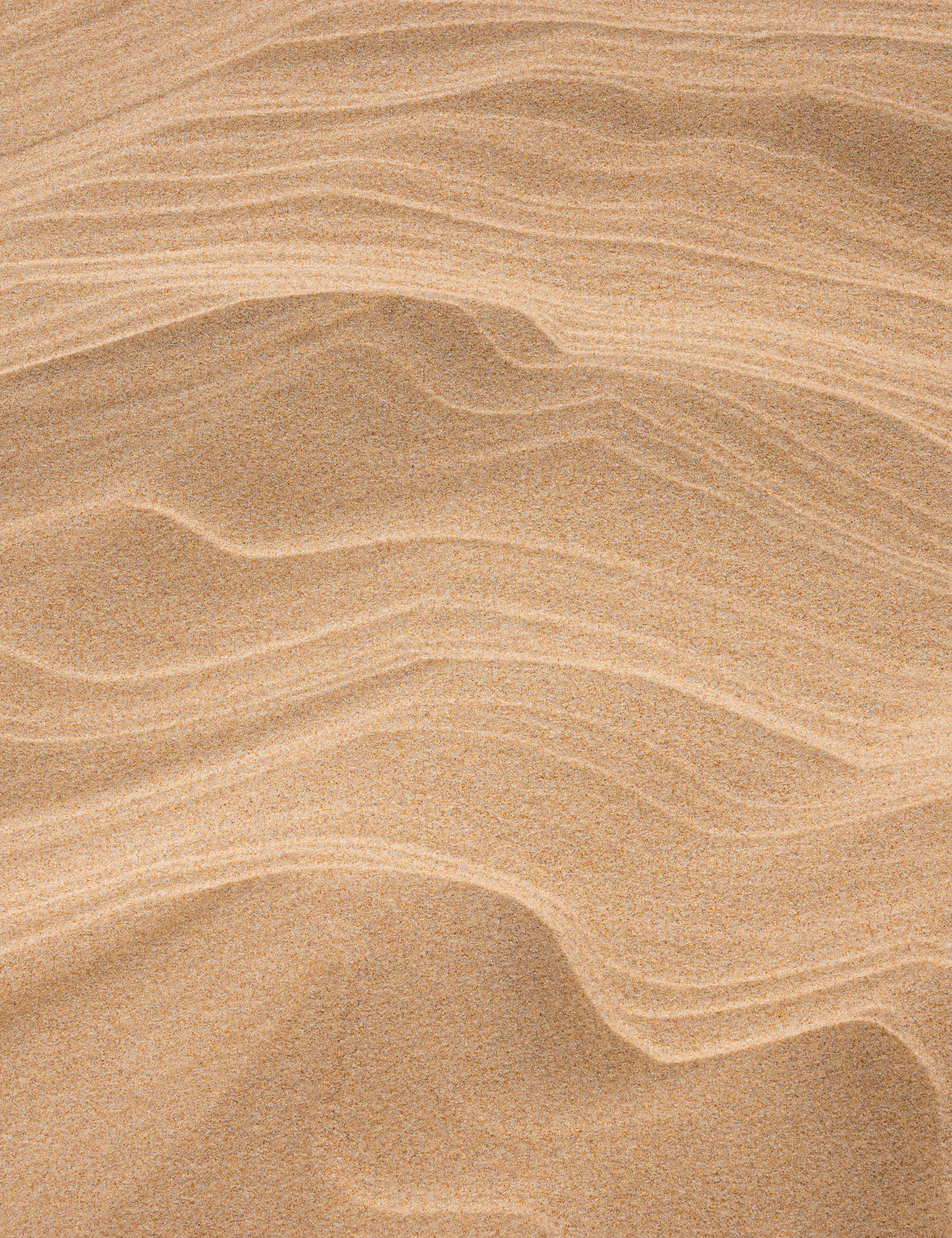
Get into a comfortable seated position with your back straight and shoulders relaxed. Take a few deep breaths to relax. Then, cover your left nostril and breathe deeply through your right. After the inhale, cover the right nostril and breathe deeply out the left side. Complete this for a couple of rounds. Check out this clip for more information.⁵
Interlace your fingers together, but keep your fingers straight. Line up your fingers at the second knuckle and squeeze them for about a minute. Let your body relax as you squeeze. Keep squeezing until you feel a yawn or sigh. Watch this video for a visual.⁶
Slowly massage your neck. Your vagus nerve is in your neck, and a massage can help stimulate it.⁷
The vagus nerve also connects through our ears, so massaging them can help stimulate it and relax the body.⁸

Humming is a great way to relax the body. If you can get your mind into a “flow” state, you can stop thinking about stressful things.⁹ You could also do this by getting engaged with something that gives your mind a break, like knitting, coloring, or cleaning.
This one’s great if you have a little more time. Line your legs up against the wall with your back on the ground, almost like you’re sitting on the wall. You could do it for about 10-20 minutes to destress. I will warn you: get up cautiously because your legs will be numb! Here’s a clip for a visual.¹⁰
These exercises are some practical and quick methods to reduce stress. I recommend finding ways to easily incorporate them into your day, like a neck massage when you first get up. Or look side to side and take deep breaths before going to bed. Tackling stress shouldn’t be stressful. It can even be as easy as taking deep breaths throughout the day. Minor adjustments like these can make a big difference in reducing day-to-day stress.

"We believe in nourishing our skin, not harming it, through ancient traditions and treatments from Moroccan women like my grandmother," shared Amina Johnson, the owner of Minarra, as she began recounting her remarkable journey from a scientist to the founder of an empowering skincare brand.
Amina grew up surrounded by the enchanting beauty rituals that define Moroccan culture. Born and raised in Morocco, she was immersed in a world where natural remedies were integral to daily life.
"From a very young age, I watched my grandmother create products like argan oil and black soap from scratch," Amina reminisced. "This was not just skincare; it was a loving ritual that women in my family and community participated in at the hammam, treating their skin with care and respect." Back then, these women understood the importance of nourishing their skin and souls, which we fondly now call "me time."
Her grandmother, known as a "medicine woman," passed on her extensive knowledge and skills to Amina and her siblings, ensuring their heritage endured. "We learned to utilize everything Mother Earth gives us," Amina said. "In Morocco, we had a variety of herbs and flowers that don’t grow in the United States. Women don’t spend hundreds of dollars on skincare like in America; they make their home remedies. Watching my grandma make argan oil and black soap from scratch taught me the true essence of beauty stems not only from what we apply on our skin but from the wisdom passed down through generations."






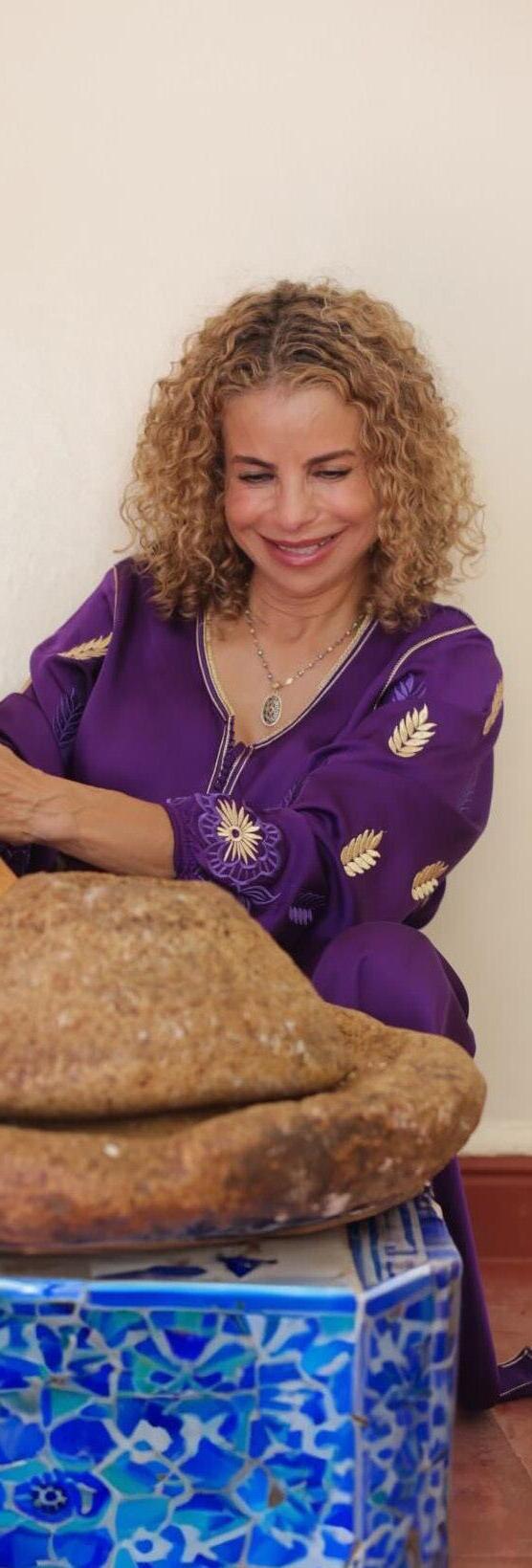
Amina grew up surrounded by the enchanting beauty rituals that define Moroccan culture. Born and raised in Morocco, she was immersed in a world where natural remedies were integral to daily life.
"From a very young age, I watched my grandmother create products like argan oil and black soap from scratch," Amina reminisced. "This was not just skincare; it was a loving ritual that women in my family and community participated in at the hammam, treating their skin with care and respect." Back then, these women understood the importance of nourishing their skin and souls, which we fondly now call "me time."
Her grandmother, known as a "medicine woman," passed on her extensive knowledge and skills to Amina and her siblings, ensuring their heritage endured. "We learned to utilize everything Mother Earth gives us," Amina said. "In Morocco, we had a variety of herbs and flowers that don’t grow in the United States. Women don’t spend hundreds of dollars on skincare like in America; they make their home remedies. Watching my grandma make argan oil and black soap from scratch taught me the true essence of beauty stems not only from what we apply on our skin but from the wisdom passed down through generations."
The resourcefulness and intuition of Moroccan women have played a crucial role in discovering argan oil's skincare benefits. My grandmother shared with me how these women discovered the antiaging of argan oil: Traditionally, the women extracted argan oil by hand, primarily for cooking. Over time, they noticed that their hands, deeply hydrated from the oil, looked younger than their faces. This observation led to recognizing argan oil's potent anti-aging properties and broader application in skin care.
"This is a testament to Moroccan women's cleverness and intuitive nature," Amina said. "They discovered the secret of argan oil through their daily lives and passed this invaluable knowledge down through generations."
Combined with her deep love for these traditional practices, Amina pursued academic excellence, earning degrees in biology and mathematics. Her career as a scientist was driven by precision and analytical rigor, yet she always maintained a deep connection to her Moroccan roots.
Years ago, as a struggling single mother, Amina faced numerous challenges. With no support system, she navigated through hardships that many women encounter. Despite these challenges, Amina was determined to make a difference. Over the past few years, Amina consistently found herself crossing paths with women in desperate need. Each encounter felt like a divine assignment, pushing her to fulfill her promise of helping others.
During the COVID-19 pandemic, Amina had a moment of introspection as the world stood still. She reflected on her life’s purpose and decided to start a blog called The Woven Basket, where she shared her experiences and wisdom. In the tranquility of those moments before dawn, she realized that her childhood passion for traditional Moroccan skincare could become a powerful tool for change.
"I found myself simply taking care of my skin and doing all these random things because you couldn't go anywhere," Amina explained. "I thought, what if I share these secret remedies and these time-honored beauty secrets passed down through generations with other women?"
However, Amina struggled to find a name for her business. One morning, during a moment of prayer on her balcony, that quickly changed.
"In the tranquility of those moments before dawn, I gazed out at the world, a quietude that whispered secrets of the universe," she described. "A faint glimmer of light slowly emerged, gently illuminating the sky. In that instant, I understood the profound impact a mere spark of light could have amidst the darkness. This inspired me to name my business Minarra."
The word "Minarra" holds significant meaning in Arabic, representing a lighthouse—a beacon of hope. This name resonated deeply with Amina, as her father affectionately referred to her as Mina. "Minarra is more than just a business; it represents hope and demonstrates the inherent strength within us."
Amina’s ultimate goal was to build a nonprofit organization that supports women in need, particularly those facing hardships similar to what she had experienced as a single mother.
"My journey as a single mom has led me to want to help empower other women so they can easily find employment when needed," she shared. "When we eventually have our nonprofit organization in America, I want to contribute to single women’s education because I believe education is power."
Minarra’s impact extends beyond skin care. Amina involves her family in production and ethical usage, ensuring that the business also positively impacts the local Moroccan community.
"Minarra is deeply committed to empowering local Moroccan women," she emphasized. "It provides them with jobs and opportunities they might not otherwise have. Most villagers who harvest the nuts have never been to school. By giving them this job, we help them become independent and support their children’s education." Minarra employs women to help enhance literacy and technical skills throughout Morocco.
"We want to expand and reach internationally one day. Eventually, we want Minarra to be the leader in natural cosmetics and introduce other products, such as new haircare lines, makeup, and face creams," Amina revealed. Expanding into new markets produces challenges and requires flexibility and a deep understanding of customers' needs. "Customer feedback can help make adjustments to current products and gain information for new product ideas," she added.
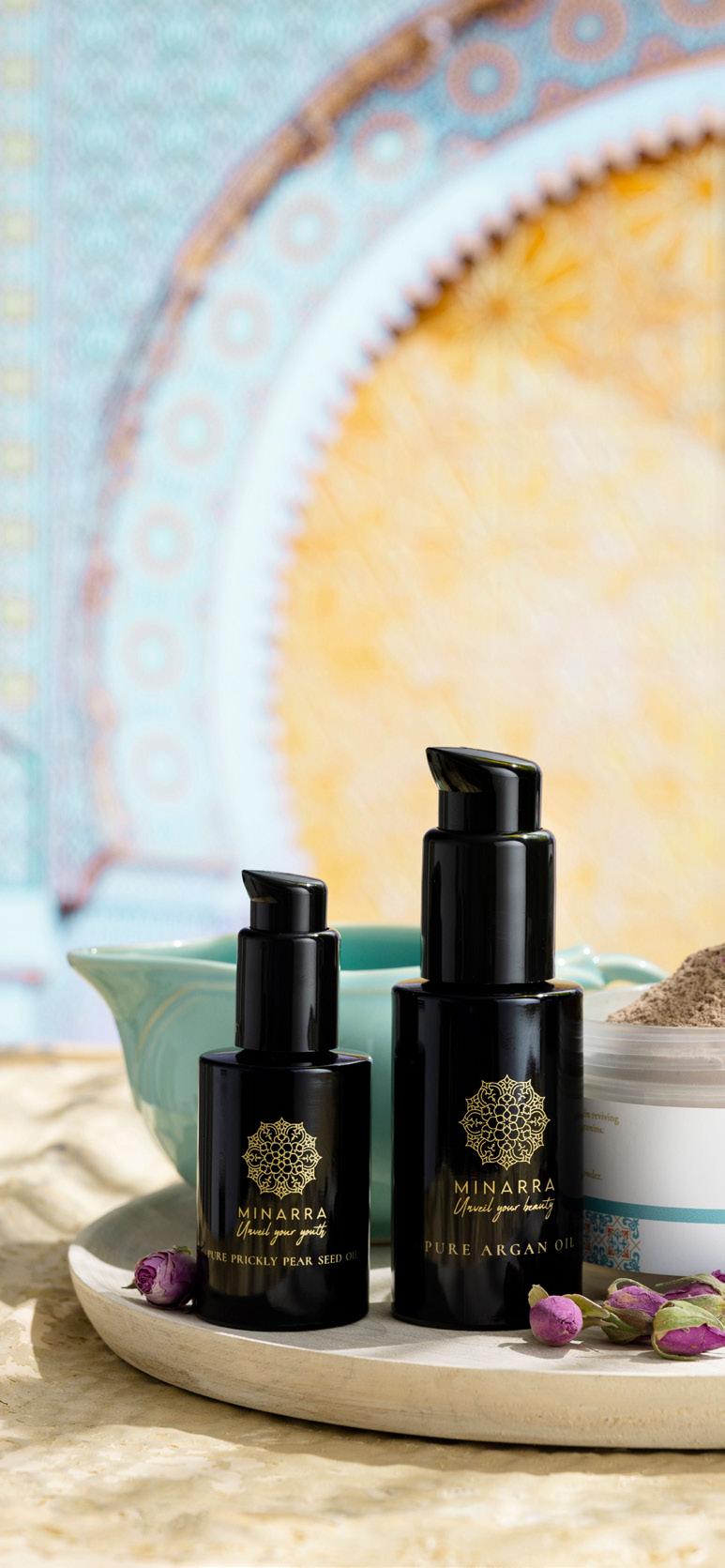









"Our values will guide us through these challenges, ensuring not only growth but also continuance to empower and inspire our customers wherever they are," Amina said. Minarra seeks to provide things beyond skincare and makeup products. "Maybe a women’s retreat to Morocco. I want everyone to experience what I have experienced."
"Our goal is not just to sell skincare. It’s a journey with our customers. We send handwritten cards and let them know how beautiful and powerful they are. We take time to celebrate with them, and I leave my number for them if they have any questions," Amina shared.
“Our core values of integrity, authenticity, sustainability, and heritage are woven into our products,” Amina said. “We are committed to using only the best natural ingredients that are very effective. And you can see the results when you use them as we continue to truly honor our traditions.”
Minarra’s commitment is evident not only in their products but also in their practices. Most of Minarra’s suppliers are native Moroccans, including Amina’s own family. They assist in production and ensure only the best ingredients are used, reflecting the same care in their everyday skincare routines. “If it’s not good enough for me, I’m not going to share it with the world!” Amina asserted.
The process of gathering materials for Minarra’s products follows ancient, traditional methods. No machines touch her argan trees; instead, the nuts are naturally gathered once they fall. After the nuts are collected, they are cracked open by hand, a meticulous process that ensures only the best kernels are selected. Each kernel is then carefully sorted by hand to ensure no shells are left behind, preserving the oil's purity.
When the argan seeds are pressed, no machines or solvents are used. The secret formulas passed down for generations in Amina’s family produce unique products that care for the plants, the people who harvest them, and the customers’ skin.
Amina Johnson’s journey from Moroccan traditions to founding Minarra is a testament to the power of heritage and resilience. Through her brand, she empowers women to find their inner star, showing that true beauty and strength lie in our traditions and within ourselves. Amina’s story inspires us to pursue our dreams unwaveringly, no matter our age or stage in life. Minarra is more than skincare; it’s a beacon of hope, reminding us that with dedication and compassion, we can transform our lives and uplift others.
You can find more information on Minarra products through their website https:// minarra.com/ or for more content, follow Minarra on Instagram @minarraskin.
Be sure to follow along with Amina’s blog to glean more insight on wellness and healthy living https://www.thewovenbasket.com/.
Meet OS-O1, the first ingredient to target the root causes of skin aging
Our topical products work at the molecular level to promote healthy skin aging and are designed with every skin type, from dry skin to sensitive skin, in mind. Our proprietary peptide, OS-O1, is scientifically proven to
Improve Skin Barrier (Average Improvement + 15%)*
Improve Skin Elasticity (Shown in 90% of users)**
Improve Skin Evenness, Radiance, Pores, & Firmness (Shown in 95.5% of users)**
Diminish Wrinkles (Shown in 87% of users)
Improve Skin Smoothness & Overall Appearance (Shown in 100% of users)
*Instrumental Evaluation - Vapometer analysis
*Double-blind expert clinical grader evaluation
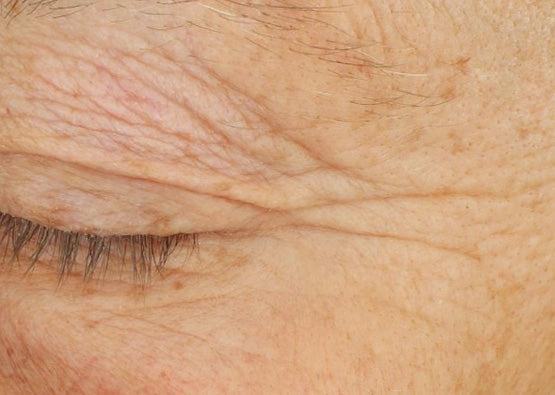



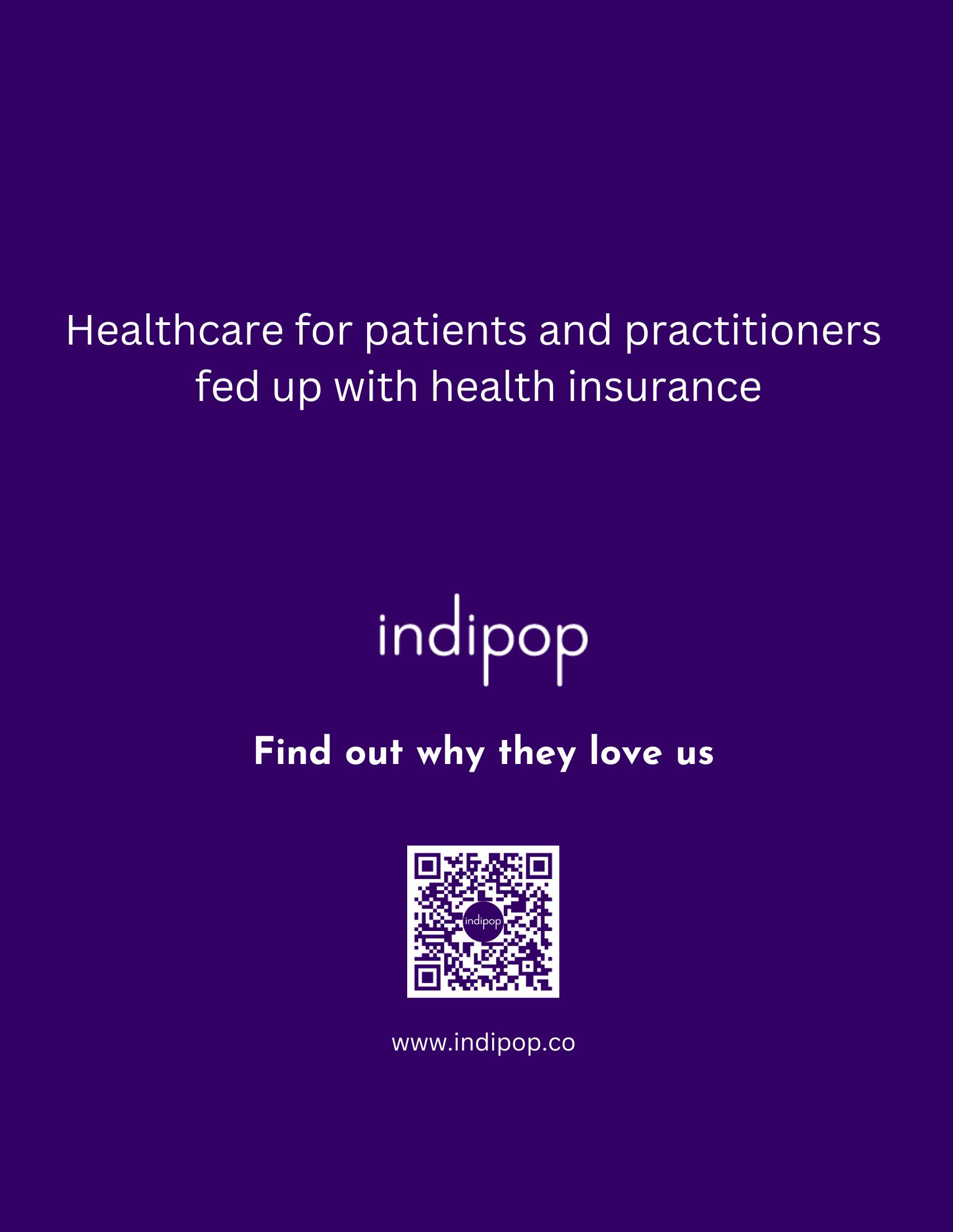

 Written By: Riley George
Written By: Riley George
For many, a restful night’s sleep can feel elusive, with tossing and turning becoming a nightly ritual. Sleep disturbances not only leave us fatigued but can also impact our overall health and well-being. Fortunately, there are various strategies and natural remedies that can help promote better sleep. In this article, we explore three effective ways to overcome sleep troubles and achieve a peaceful night’s rest.

Establishing a consistent sleep routine is one of the most effective ways to improve sleep quality. Going to bed and waking up at the same time every day helps regulate your body’s internal clock, known as the circadian rhythm. This consistency reinforces your body’s natural sleep-wake cycle, making it easier to fall asleep and wake up feeling refreshed.
Prioritizing sleep hygiene practices is essential to establish a consistent sleep routine. This includes creating a relaxing bedtime ritual to signal to your body that it’s time to wind down. Activities such as reading a book, taking a warm bath, or practicing relaxation techniques like deep breathing or stretching can help calm the mind and prepare you for sleep.¹
It is also crucial to avoid stimulating activities, such as using electronic devices or watching TV, before bedtime. The blue light emitted by screens can disrupt the production of melatonin, the hormone responsible for regulating sleep-wake cycles.² Instead, opt for activities that promote relaxation and set the stage for a restful night’s sleep.
In addition to establishing a consistent sleep routine, incorporating natural remedies can further enhance sleep quality. Several herbs and supplements have been traditionally used to promote relaxation and alleviate sleep disturbances.
One popular natural remedy is valerian root, a herb known for its soothing properties. Research suggests that valerian root may help improve sleep quality and reduce the time it takes to fall asleep.³ Similarly, passionflower, chamomile, and lavender are herbs with calming effects that can be brewed into teas or used in aromatherapy to promote relaxation before bedtime.⁴
Melatonin supplements are another option for those struggling with sleep disturbances. Melatonin is a hormone naturally produced by the body in response to darkness, signaling it’s time to sleep. Supplementing with melatonin may help regulate sleep-wake cycles, especially for individuals with irregular sleep patterns or jet lag.⁵
When using natural remedies for sleep, it’s essential to consult with a healthcare professional, particularly if you are taking other medications or have underlying health conditions.


In addition to lifestyle changes and natural remedies, practicing relaxation techniques and cognitivebehavioral therapy (CBT) can be effective strategies for improving sleep quality.
Relaxation techniques, such as progressive muscle relaxation, guided imagery, and mindfulness, can help reduce stress and promote relaxation, making it easier to fall asleep.⁶ These techniques involve focusing on the present moment and calming the mind and body, ultimately facilitating the transition into sleep.
CBT for insomnia is a structured therapy approach that helps identify and address the underlying factors contributing to sleep disturbances. Through cognitive restructuring, sleep hygiene education, and stimulus control techniques, CBT aims to change negative thought patterns and behaviors associated with sleep difficulties.⁷ Numerous studies have demonstrated the effectiveness of CBT in improving sleep quality and reducing insomnia symptoms.
Incorporating these strategies into your daily routine can help break the cycle of sleep troubles and pave the way for a more restful night’s sleep.
In conclusion, overcoming sleep troubles requires a multifaceted approach encompassing lifestyle changes, natural remedies, and therapeutic techniques. By establishing a consistent sleep routine, incorporating natural remedies, and practicing relaxation techniques and cognitive-behavioral therapy, you can enhance sleep quality and wake up feeling revitalized.



How to Stay on track witH your FitneSS regimen wHen away From Home!
 By coacH eric BroSer
By coacH eric BroSer
If you are a true fitness enthusiast, I know you work very hard daily to build more muscle, burn off excess body fat, and stay as healthy as possible. You more than likely pre-prep all of your meals, carefully strategize your supplement regimen and make sure to hit the gym between 4 and 7 days per week.
However, sometimes it becomes necessary to adjust your routine if you plan a short or extended visit away from home, whether for work, school or just a well-deserved vacation. In these cases, you may not have access to a commercial gym full of fancy machines, be able to prepare or weigh your food, or even have the time or ability to consume every meal precisely on schedule.
This does not mean giving up, giving in, or simply accepting that you will have to take a few steps backward. By making a few well-thought-out and intelligently planned tweaks to your fitness regimen, you can prevent yourself from going backward, and you may even be able to make additional progress during your time away!
Here are some strategies you can utilize to keep your physical transformation routine on track, even when obstacles or travel try to derail you.

At home, controlling all aspects of one’s diet is effortless. You can make a quick trek to the market when running low on food. You can prepare all meals under a watchful eye in your own kitchen, and you can precisely measure all necessary nutrients to ensure proteins, carbs, and fats are exactly where they need to be. However, while away, you may not have access to all the foods you regularly consume, the necessary tools or time to cook your meals, or even the ability to stick to your regular eating schedule.
You may have no choice but to eat on the run, rely on rapid “feedings,” or consume food from a restaurantor whatever can be found at social or work events. So, while sticking to your exact nutritional regimen may be difficult in these situations, it does not mean that you cannot still eat in a manner that allows you to at least maintain the look of your physique and current level of health and fitness.
* Carry protein powder, water, and a shaker cup with you wherever you go so you never miss out on a protein meal.
* Take easy-to-carry and easy-to-eat foods with you to use as healthy snacks or additions to protein powder such as nuts, seeds, fruit, grain bread, and rice cakes.
* When eating out, try to fill half of your plate with quality protein, ¼ with a healthy carb, and ¼ with a vegetable.
* When eating out, ask for all foods to be prepared without added butter or high-calorie sauces.
* Put a timer on your watch to go off every 2-3 hours so you know it’s time to get in a nutritious meal of some kind.
Meal 1: Egg Whites, Turkey Bacon, Whole Grain Toast
Meal 2: Protein Powder, Fruit
Meal 3: Salad with Chicken Breast, Rice Cakes
Meal 4: Protein Powder, Nuts
Meal 5: Lean Steak or Fish, Vegetables
Meal 6: Protein Powder
Obviously, you can use a wide array of products at home to create a maximally effective supplement regimen. However, when traveling or going on vacation, taking the entire kitchen pantry in a separate suitcase is unnecessary. With that said, certain nutritional supplements should always remain in one’s program, which will help keep you on track no matter how many miles from home you are venturing.
Coach’s Suggestions for a Supplement Mini-Stack
* Multivitamin or Complete Green’s Powder
* Whey Protein Powder
* Pre-workout Powder
* Immunity Boost (Vitamin C and D, and Zinc)
* Omega 3 Fatty Acids

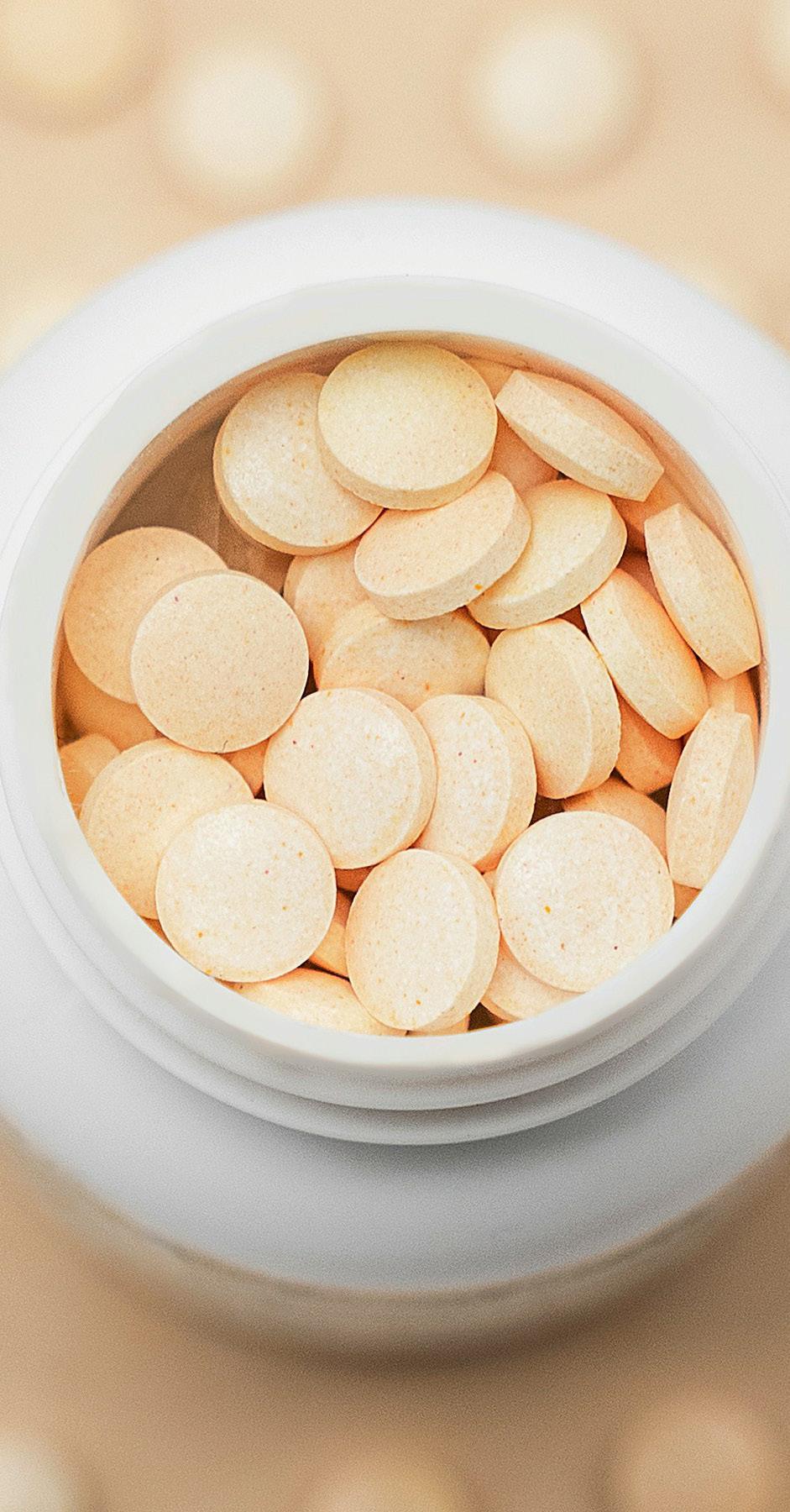

It’s always a good idea to call ahead when traveling to find out if there is a local gym that provides daily or weekly passes to visitors. Depending on what hotel you may be staying at, you might also find that they have a fitness center with enough equipment to get in a solid workout while away.
However, if no gyms are available or your schedule does not permit you to travel back and forth to a gym, you can still ensure your muscles and cardiovascular system get the stimulation they need with nothing more than a pair of exercise bands, a jump rope, and your own bodyweight. In these cases, a little creativity can go a long way.
The sample workout below is meant to be performed as a “circuit,” so you will move from one exercise to another without rest. This will allow you to work the muscles while raising your heart rate for an added cardiovascular effect.
* Wide Grip Push Ups - 15 Reps
* 2 Arm Bent Over Band Row - 15 Reps
* Bodyweight Squats - 25 Reps
* Band Upright Row - 15 Reps
* Band Curls - 12 Reps
* Alternating Bodyweight Rear Lunges - 12 Reps Per leg
* Band Triceps Kickbacks - 12 Reps
* Bicycle Crunches - 20 Reps Per Side
* Bodyweight Single Leg Stiff Leg Deadlift - 10 Reps Per Leg
* Jump Rope - 1-3 minutes
*No rest to be taken between exercises (or as little as possible)
**Rest 3-5 minutes once entire circuit is complete. Repeat circuit 2-3 more times.
Next time you are heading out of town, whether for work or pleasure, use the above tips to stay on point with your fitness routine! Just like with anything else, “where there is a will, there is a way!”
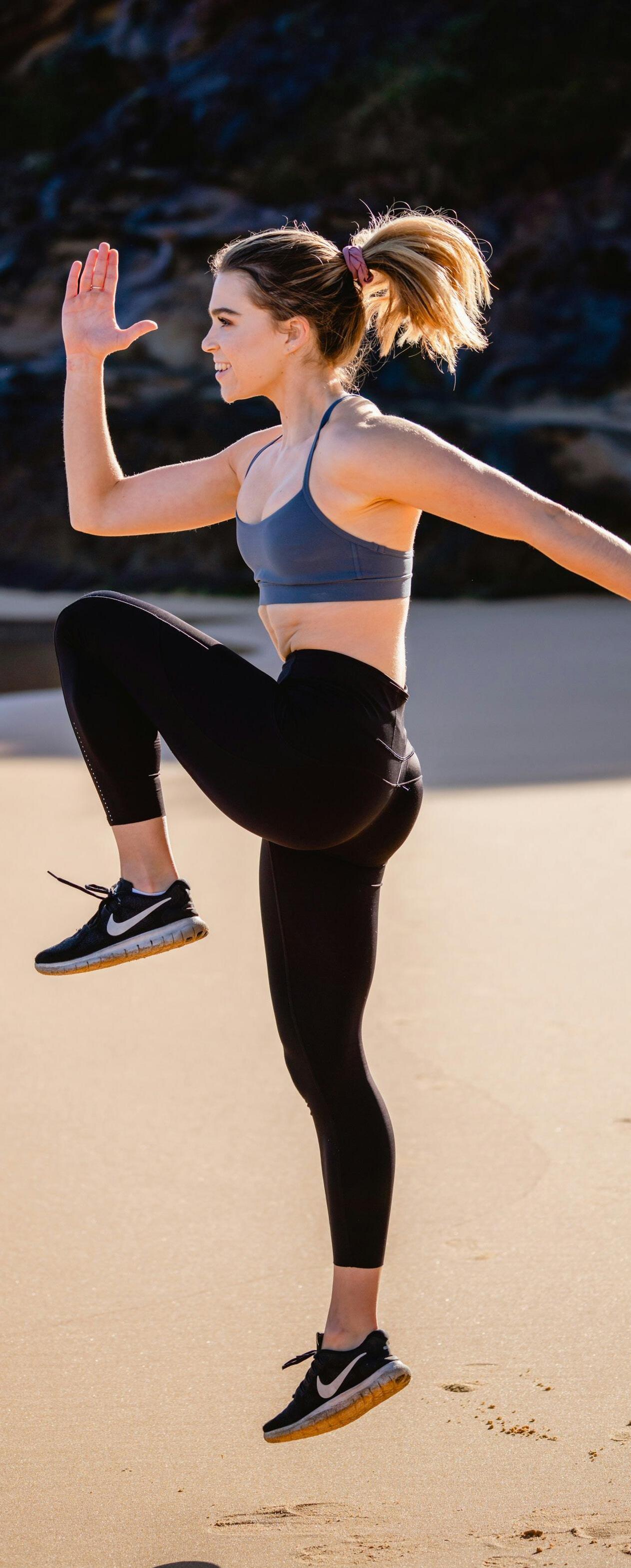

In today’s technologically driven world, electromagnetic fields (EMFs) are omnipresent. From Wi-Fi signals to cell phone towers, we are surrounded by various sources of EMFs. While these invisible forces power our modern conveniences, concerns about their potential health hazards have been raised. In this article, we delve into the scientific research surrounding EMF exposure and its possible impacts on human health.
It’s crucial to grasp the nature of electromagnetic fields to understand the potential risks associated with EMF exposure. EMFs are a form of radiation generated by the movement of electrically charged particles. They exist on a spectrum, ranging from extremely low frequency (ELF) fields emitted by power lines and household appliances to radiofrequency (RF) fields emitted by wireless devices like cell phones and Wi-Fi routers.
One of the primary concerns regarding EMF exposure is its link to cancer. Several studies have investigated the association between EMFs and cancer risk, particularly focusing on childhood leukemia and brain tumors.
A meta-analysis published in the International Journal of Environmental Research and Public Health concluded that there is a consistent and statistically significant association between ELF-EMF exposure and childhood leukemia.¹ Similarly, a review article in the Cancer Epidemiology journal found evidence suggesting a potential link between RF-EMF exposure from mobile phones and brain tumor development.²

Moreover, EMF exposure has been implicated in disrupting the body’s biological processes. Research suggests that EMFs may interfere with the function of cells and tissues, leading to various physiological effects. For instance, a study published in the journal Bioelectromagnetics demonstrated that exposure to RF-EMFs can induce oxidative stress in cells, which may contribute to DNA damage and cellular dysfunction.³ Furthermore, animal studies have shown that prolonged exposure to ELF-EMFs can affect hormone levels and disrupt circadian rhythms.⁴
Another area of concern is the impact of EMF exposure on reproductive health. Several studies have explored the potential effects of EMFs on fertility and reproductive outcomes. A systematic review published in the journal Reproductive Toxicology evaluated the existing literature on this topic and found evidence suggesting a possible association between EMF exposure and adverse reproductive outcomes, including reduced sperm quality and increased risk of miscarriage.⁵
Despite these findings, it’s important to note that the scientific community remains divided on the issue of EMF safety. While some studies have reported significant associations between EMF exposure and adverse health effects, others have found little to no evidence of harm. The World Health Organization (WHO) classifies EMFs as “possibly carcinogenic to humans” based on limited evidence of an association with certain types of cancer.⁶ However, WHO also emphasizes the need for further research to better understand the potential risks.
In light of the uncertainty surrounding EMF exposure, precautionary measures are recommended to minimize potential risks. This includes reducing exposure to EMFs by maintaining a safe distance from sources such as power lines and using wired connections whenever possible instead of wireless devices. Additionally, using EMF shielding products, such as cell phone cases and laptop shields, may help reduce exposure to RF-EMFs from personal electronic devices.
In conclusion, while the debate over the health hazards of EMF exposure continues, evidence suggests that prolonged and excessive exposure to electromagnetic fields may pose risks to human health. Further research is needed to elucidate the mechanisms underlying these potential effects and to develop guidelines for safe EMF exposure levels. In the meantime, adopting preventive measures can help mitigate potential risks and promote overall well-being in an increasingly electrified world.
1. Kaiser Permanente Division of Research. "One In Three Women Has Pelvic Floor Disorder." ScienceDaily. www.sciencedaily.com/releases/2008/03/080302150723.htm (accessed May 30, 2024).
2. For more advanced pelvic floor exercise programs, as illustrated below, please get in touch with Ashleigh at Ashleigh@uplift-gym.com.
3. Want more content from Ashleigh? Follow her on Instagram @up_lift_gym.
1. Dr. Ken Davis is available for speaking engagements, workshops and coaching sessions. He can be reached at info@davisahs.com, 973.744.7447 or Davis Advanced Health System, 66 Park St. Suite 101 Montclair, Nj 07042.
1. Health with Holland's (@healthwithholland) Instagram page.
2. Seladi-Schulman, Jill. “Vagus Nerve: Function, Stimulation, and More.” Healthline, February 14,
2023. https://www.healthline.com/human-body-maps/vagus-nerve.
3. Holland, Rebecca. “3 Ways to Stimulate the Vegas Nerve That Will Blow Your Mind.” Instagram, July 5, 2023. https://www.instagram.com/p/CuULVY9KhWE/.
4. Looking side to side with deep breaths visual - https://www.instagram.com/p/Cwz1Lw9qZPx/
5. Alternative nostril breathing visual - https://www.instagram.com/p/CvSExSfKypz/
6. Knuckle squeeze visual - https://www.instagram.com/p/Cuj2k7qKqel/
7. Neck massage visual - https://www.instagram.com/p/CuULVY9KhWE/
8. Holland, Rebecca. “3 Ways to Stimulate the Vegas Nerve That Will Blow Your Mind.” Instagram, July 5, 2023. https://www.instagram.com/p/CuULVY9KhWE/.
9. Holland, Rebecca. “10 Excellent Ways to Reduce Cortisol.” Instagram, July 31, 2023. https://www. instagram.com/p/CvXJV1HqoC2/.
10. Placing your legs against the wall visual - https://www.instagram.com/p/Cu9U4xAKtML/
1. You can find more information on Minarra products through their website https://minarra.com/.
2. Be sure to follow along with Amina’s blog to glean more insight on wellness and healthy living https://www.thewovenbasket.com/.
3. For more content, follow Minarra on Instagram https://www.instagram.com/minarraskin/ and Facebook https://www.facebook.com/minarra.skincare
1. National Sleep Foundation. (n.d.). Healthy Sleep Tips. Retrieved from https://www.sleepfoundation.org/healthy-sleep-tips
2. Harvard Health Publishing. (2018). Blue light has a dark side. Retrieved from https://www.health. harvard.edu/staying-healthy/blue-light-has-a-dark-side
3. Bent, S., Padula, A., Moore, D., Patterson, M., & Mehling, W. (2006). Valerian for sleep: a systematic review and meta-analysis. The American Journal of Medicine, 119(12), 1005-1012.
4. Sarris, J., Panossian, A., Schweitzer, I., Stough, C., & Scholey, A. (2011). Herbal medicine for depression, anxiety and insomnia: a review of psychopharmacology and clinical evidence. European Neuropsychopharmacology, 21(12), 841-860.
5. Ferracioli-Oda, E., Qawasmi, A., & Bloch, M. H. (2013). Meta-analysis: melatonin for the treatment of primary sleep disorders. PLoS One, 8(5), e63773.
6. Ong, J. C., Shapiro, S. L., & Manber, R. (2008). Combining mindfulness meditation with cognitive-behavior therapy for insomnia: a treatment-development study. Behavior Therapy, 39(2), 171-182.
7. Riemann, D., Baglioni, C., Bassetti, C., Bjorvatn, B., Groselj, L. D., Ellis, J. G., ... & Spiegelhalder, K. (2017). European guideline for the diagnosis and treatment of insomnia. Journal of Sleep Research, 26(6), 675-700.
1. Instagram: @COACHERICBROSER
2. Facebook: https://www.facebook.com/eric.broser
3. TikTok: @COACHERICBROSER
4. Broser Built (Website): www.broserbuilt.com
5. Broser Built (YouTube): https://www.youtube.com/channel/UCwgMC0n89Nh3wp1aJGkpKvA
6. FULLTIME BODYBUILDING TV: https://www.youtube.com/@fulltimebodybuildingtv2667
7. TO APPLY FOR WORLDWIDE ONLINE COACHING: https://go.broserbuilt.com/
8. For contact regarding media appearances, seminars, Skype/Zoom consults, and events, please email bodyfx2@aol.com or text 516-680-9392.
1. Ahlbom, A., Day, N., Feychting, M., Roman, E., Skinner, J., Dockerty, J., ... & Verkasalo, P. (2000). A pooled analysis of magnetic fields and childhood leukaemia. International Journal of Epidemiology, 29(1), 21-28.
2. Hardell, L., & Carlberg, M. (2009). Mobile phones, cordless phones and the risk for brain tumours. International Journal of Oncology, 35(1), 5-17.
3. Lai, H., & Singh, N. P. (2004). Magnetic-field-induced DNA strand breaks in brain cells of the rat. Environmental Health Perspectives, 112(6), 687-694.
4. Burch, J. B., Reif, J. S., Yost, M. G., & Keefe, T. J. (1999). Pituitary hormone and gonadal effects of ELF fields. In Proceedings of the Annual International Conference of the IEEE Engineering in Medicine and Biology Society (Vol. 2, pp. 1013-1015). IEEE.
5. Adams, J. A., Galloway, T. S., Mondal, D., Esteves, S. C., & Mathews, F. (2014). Effect of mobile telephones on sperm quality: a systematic review and meta-analysis. Reproductive Toxicology, 50, 27-35.
6. World Health Organization. (2011). IARC classifies radiofrequency electromagnetic fields as possibly carcinogenic to humans. Retrieved from https://www.who.int/mediacentre/news/releases/2011/ radiofrequency_201105/en/



